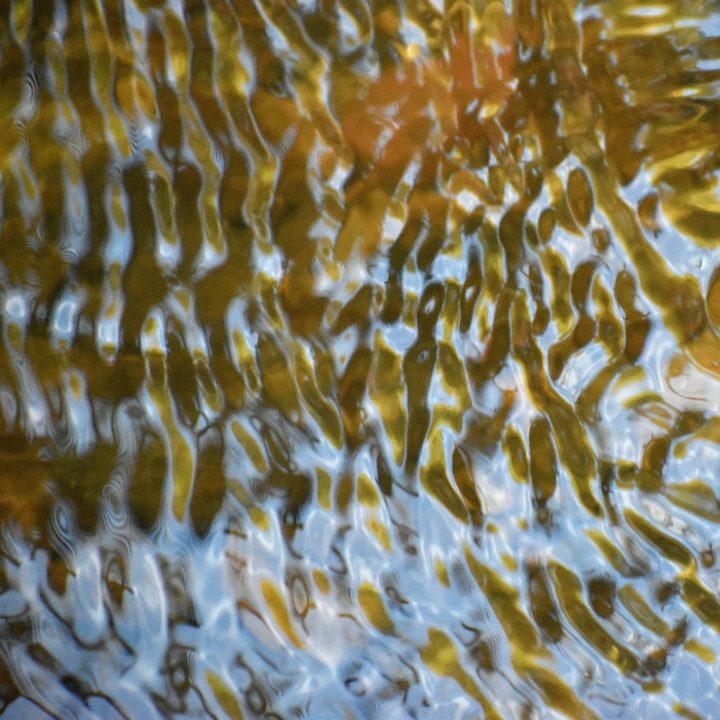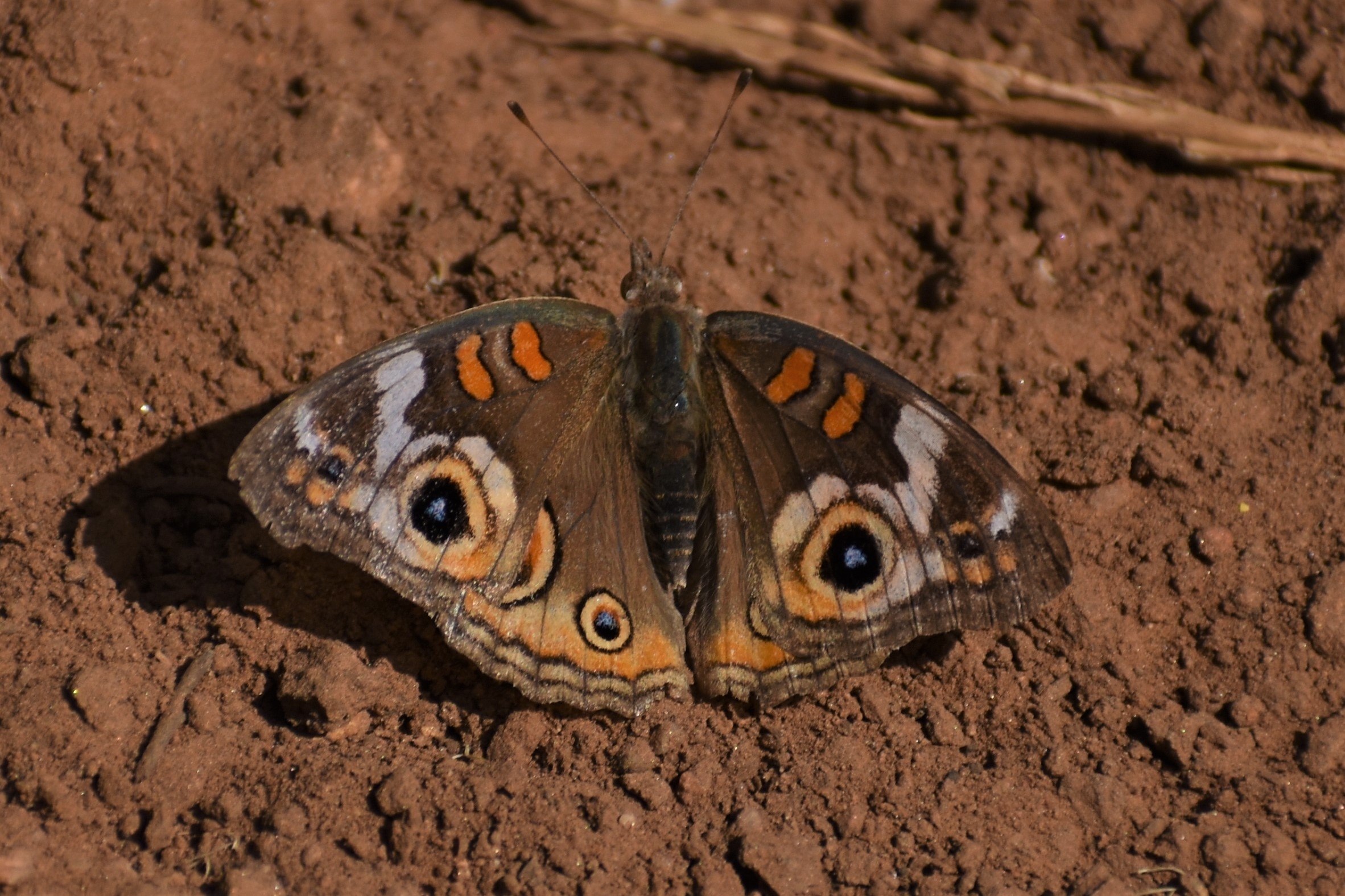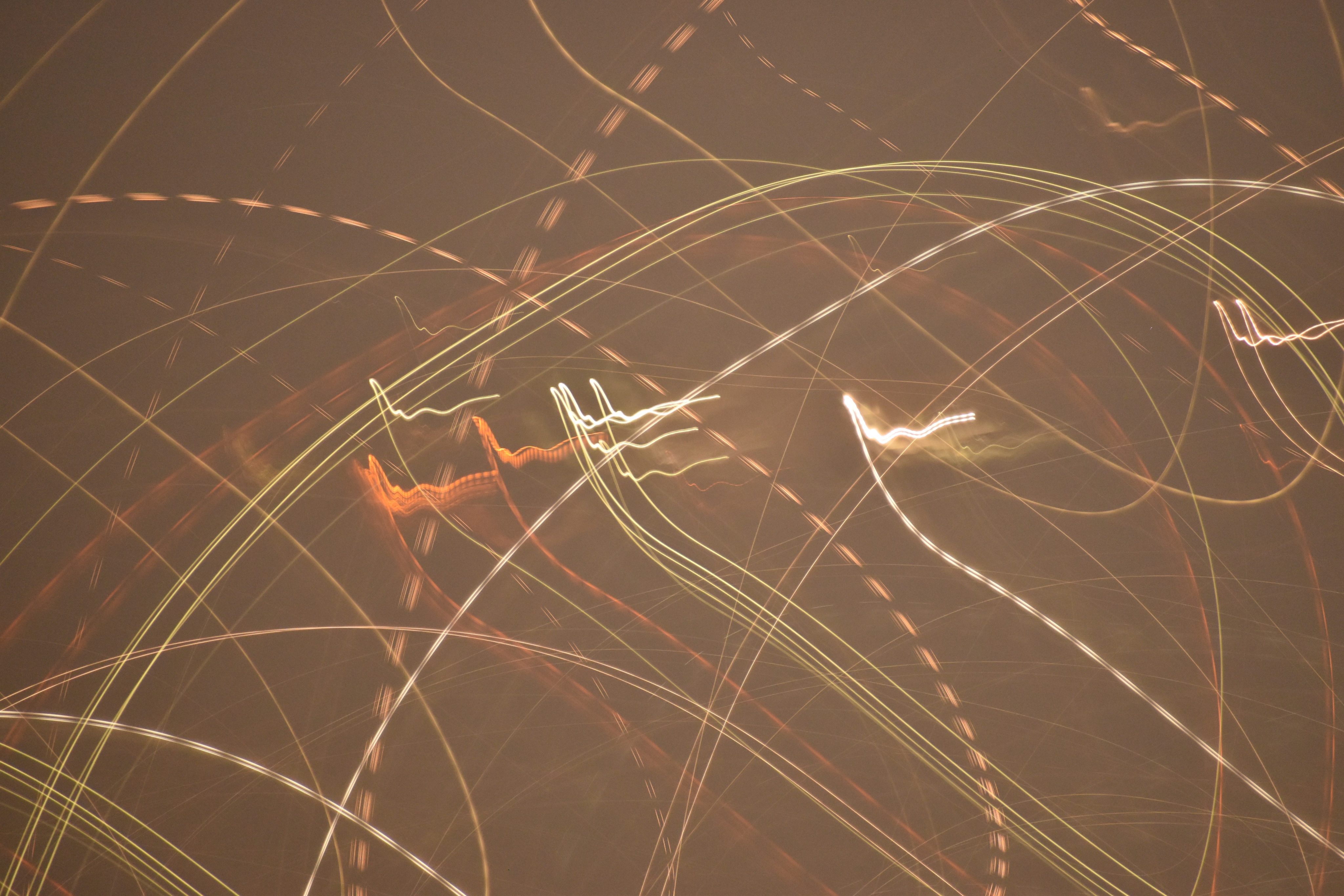Author’s Note:
We pick up the Grinch’s story, as retold in the year 2020. The Grinch had been social distancing, digital distancing, and every other kind of distancing, as is his way. He was not savvy to all the happenings of the year.
“They are planning their gatherings,” the Grinch snarled with a sneer.
To spend a whole day, with those they hold dear.
Tomorrow is Christmas, it’s practically here!”
He hated the sound of kids playing with their toys,
He hated the thought of the NOISE, NOISE, NOISE, NOISE.
He hated the idea of them killing a beast,
On which they would delightfully FEAST, FEAST, FEAST, FEAST.
Then he growled, with his Grinch fingers nervously drumming.
“I MUST find some way to stop Christmas from coming!”
And, now, I will fast forward to when the Grinch invades the town,
In the interest of keeping, the word count down.
All the windows were dark, quiet snow filled the air.
The Whos dreamed troubled dreams, of a year most unfair.
“This is stop number one,” The old Grinchy Claus hissed,
And he climbed to the roof, empty bags in his fist.
Then he slid down the chimney, a rather tight pinch.
But, if Santa could do it, then so could the Grinch.
Expecting stockings all hung in a row.
The mantel was bare, there was nothing to stow.
Then he slithered and slunk, with a smile most unpleasant.
The feel of the room had a most empty presence.
No guns? No bikes? No skates? No drums?
No tree? No wreath? No popcorn? No plums?
He slunk to the icebox, to take the makings of a feast.
He found only half-eaten pudding, infested with yeast.
He used his green fingers, to sample a dash.
He gagged on the mold, and nearly through up the sash.
As the Grinch came up empty, ready to retreat back above.
He heard a small sound, like the coo of a dove.
He turned around fast, he saw a small Who!
Little Cindy Lou Who, who was no more than two.
She stared at the Grinch and said, “Santa Claus, why?
Why are you not wearing a mask? Why?”
Well, you know, the Grinch was so confused and so muddled.
He stood there beside her, completely befuddled.
“Why, my sweet little tot,” the fake Santa Claus pried,
Why do you want, my face to hide?”
And then thinking maybe, she thought it was Halloween.
or maybe some other holiday, that came in between.
He said, “Santa’s don’t wear masks, because they have to eat.”
To eat the cookies left for me, would be an impossible feat.”
And his fib fooled the small child. Then he patted her head.
He got her a drink, and he sent her to bed.
He held empty bags, he held them quite nimbly.
Quite disappointed with his failure, he tossed them up the chimbly.
Then he went up the chimney, himself, the old liar.
Wondering why on the walls, there was nothing but wire.
And he found the same thing, at the other Who’s houses.
No evidence of Christmas, from even their mouses.
They must have known he was coming, the sly little louses.
It was a quarter past dawn when he fled in his sled.
His vision of stopping Christmas, painfully dead.
Three thousand feet up! Up the side of Mt. Crumpet.
As far away as he could get, to not hear the trumpets.
“Pooh-pooh to the Whos”, he was grinch-ish-ly humming.
“Another year of annoyance, Christmas is still coming.
“They’re just waking up! I know what they’ll do!
“Their mouths will hang open a minute or two.
“Then they’ll tear open their presents and shout WOO-HOO!”
“That’s a noise,” groaned the Grinch, “I just can’t bear.”
He covered his ears and averted his stare.
But he didn’t hear, a muted sound over the snow.
Why the silence this year? He wanted to know.
He stared down in Who-ville, the Grinch popping his eyes.
What he saw down below, was a shocking surprise.
Every Who down in Who-ville wore a medical mask.
They were avoiding each other and looking aghast.
Something had stopped, Christmas from coming.
When one Who approached another, the other went running.
And the Grinch, with his grinch-feet ice-cold in the snow,
Stood puzzling and puzzling: “How could it be so?”
“A Christmas without ribbons! A Christmas without tags!
“A Christmas without packages, boxes, or bags!”
Whos avoiding whos, wound his brain up all tight,
Until he figured it out, with a revealing insight.
The Who’s were in trouble, from a horrible beast.
They all became Grinches, so the beast wouldn’t feast.
He would finally have a Christmas, he could enjoy it in peace.

 The clan aggregated with other clans into an underwater city of aquaculture and society.
The clan aggregated with other clans into an underwater city of aquaculture and society.


